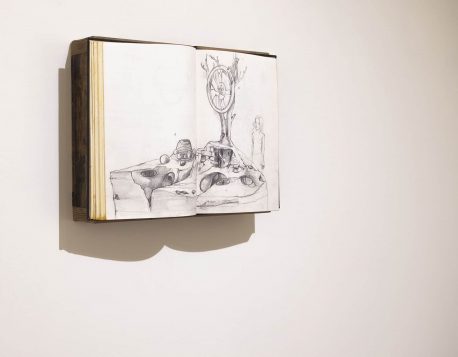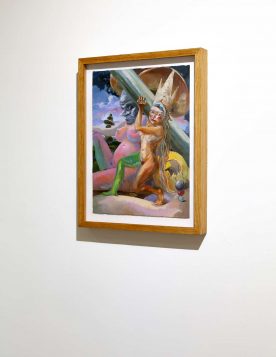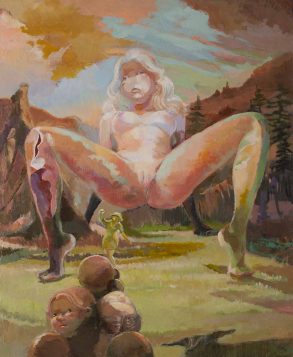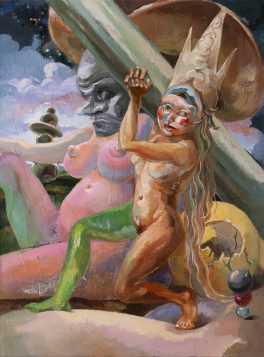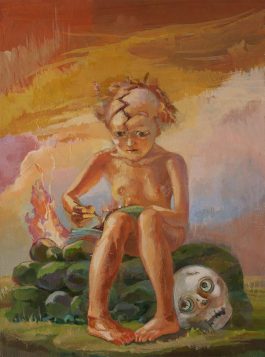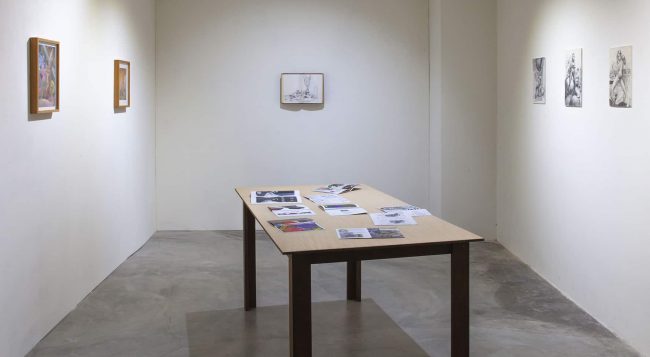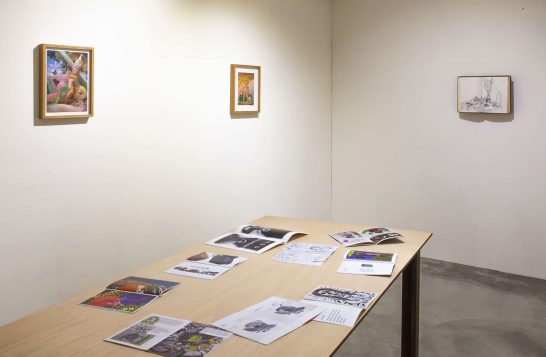Online Exhibition Dates:9/03~9/30 https://taiwanannual.org
Exhibition Dates:9/10~9/18
Venue:Taiwan Contemporary Culture Lab (C-LAB)
Curator:TSAI Ping-Ju
Artists:KUO Yu-Ping ,Mahila Zine
Being one of the four sub-projects of the “International FreeS Art Space – The Evolving of Asian Contemporary Art” exhibition, this sector showcases the artistic dialogue between Taiwanese artist KUO Yu-Ping, and Mahila, a zine published by the Indian female art group, Vichar K Achaar.
The word Mahila in Hindi can be translated into various meanings such as a woman, a mame, or a lady. Under the Indian social framework, Mahila tries to discuss a variety of questions faced by the Indian women, and the system of traditional value behind the status quo, such as poverty, gender discrimination, and family pressure. Each issue of Mahila invites artists from different places to write about their stories from their personal experience or observation.
While reading the various stories published in these issues, it is not difficult to find that a certain pale trauma that is vaguely revealed in the images with distinct personal styles. The trauma comes from the structural violence extended by the patriarchal system behind the local society. Through the writings of the female creators, it points to the suppressed but indescribable desires, which shows another gesture of resistance while looking into the fundamentally collapsed structure.
In her Daughter series, artist KUO Yu-Ping depicts the epic imaginary possibility of non-binary-gender perspectives through a small size of frames, but with a grand narrative attempt. These colorful but ambiguous and subtle images are like parts of our life today. While suppressing a certain feeling, she still tries to express a life experience that crosses subject boundaries in another more obscure language, a language belonging to another gender subject.
We can see a dynamic of trying to speak in the works of the two creators, bridging the plural interrogation of gender identity and social discourse in aesthetic practice, so that the narratives of various groups can continue to be written outside the mainstream system. They continue to be written, described, or spoken, and even listened to, retaining the ideas of the minority who are not as dazzling, but still shining in their own unique ways.



